Mentoplasty Cost in Hungary from top hospitals starts from HUF 1115392 (USD 3200)approx
.Mentoplasty or chin reduction is a surgical procedure performed to reshape the chin either by enhancing with an implant or performing reduction surgery on the jaw bone. The procedure is performed under local anesthesia or general anesthesia. The procedure improves the proportions of the face and helps in regaining the person's confidence and overall personality.
Hungary medical tourism industry has been thriving because of the increased investment in healthcare facilities and medical technology. The health centers` and doctors in Hungary are becoming recognized globally. Hospitals in Hungary have some of the most well-skilled doctors, trained from some of the renowned hospitals around the world. The cosmetic surgeons available are well-experienced with extensive knowledge in their field. It is also a popular tourist destination, making it one of the more explored destinations for medical tourism.
Cost of mentoplasty surgery in Hungary along with advanced medical care facilities, aftercare and sight-seeing are comparable with some of the most wanted medical tourism destinations like Singapore, Thailand and India. Mentoplasty surgery in Hungary including the procedure, examination, medicines is less than one-sixth the value when compared to the total treatment cost offered in US or UK.
| Country | Cost | Local_currency |
|---|---|---|
| Czechia | USD 2090 | Czechia 47422 |
| Greece | USD 2070 | Greece 1904 |
| Hungary | USD 3200 | Hungary 1115392 |
| India | USD 2020 | India 167963 |
| Lithuania | USD 3230 | Lithuania 2972 |
| Malaysia | USD 3000 | Malaysia 14130 |
| Poland | USD 1240 | Poland 5010 |
| South Korea | USD 2500 | South Korea 3356725 |
| Thailand | USD 2030 | Thailand 72370 |
| Tunisia | USD 2500 | Tunisia 7775 |
| Turkey | USD 2745 | Turkey 82734 |
| United Arab Emirates | USD 4040 | United Arab Emirates 14827 |
| United Kingdom | USD 5190 | United Kingdom 4100 |
Treatment cost

Dr. Rose Private Hospital located in Budapest, Hungary is accredited by JCI. Also listed below are some of the most prominent infrastructural details:

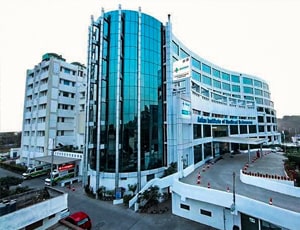
Types of Mentoplasty in Asian Institute of Medical Sciences and its associated cost
| Treatment Option | Approximate Cost Range (USD) | Approximate Cost Range (INR) |
|---|---|---|
| Mentoplasty (Overall) | 2058 - 2737 | 168738 - 223188 |
| Chin Implant Surgery | 2051 - 2553 | 167776 - 210145 |
| Sliding Genioplasty | 2184 - 2698 | 178230 - 220893 |
| Chin Reduction | 2138 - 2636 | 174798 - 216444 |
| Genioplasty (Osteotomy) | 2210 - 2711 | 181007 - 223196 |
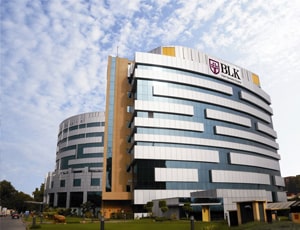
The cost for Mentoplasty ranges from USD 4160 - 4480 in BLK-Max Super Speciality Hospital
BLK-Max Super Speciality Hospital located in New Delhi, India is accredited by NABL. Also listed below are some of the most prominent infrastructural details:
DOCTORS IN 15 SPECIALITIES
FACILITIES & AMENITIES
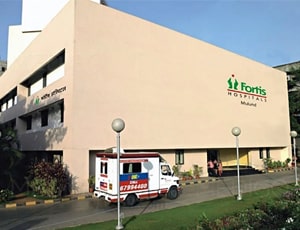
Types of Mentoplasty in Fortis Hospital, Mulund and its associated cost
| Treatment Option | Approximate Cost Range (USD) | Approximate Cost Range (INR) |
|---|---|---|
| Mentoplasty (Overall) | 2281 - 3013 | 184368 - 250780 |
| Chin Implant Surgery | 2323 - 2885 | 188542 - 236166 |
| Sliding Genioplasty | 2413 - 3039 | 199329 - 239048 |
| Chin Reduction | 2371 - 2893 | 190152 - 237085 |
| Genioplasty (Osteotomy) | 2441 - 2964 | 197919 - 246765 |
DOCTORS IN 13 SPECIALITIES
FACILITIES & AMENITIES
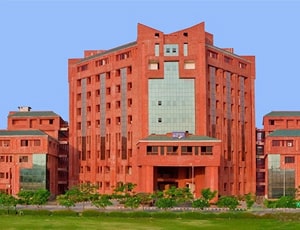
Types of Mentoplasty in Sharda Hospital and its associated cost
| Treatment Option | Approximate Cost Range (USD) | Approximate Cost Range (INR) |
|---|---|---|
| Mentoplasty (Overall) | 1909 - 2542 | 152893 - 204809 |
| Chin Implant Surgery | 1868 - 2322 | 153849 - 192595 |
| Sliding Genioplasty | 2038 - 2509 | 163937 - 205647 |
| Chin Reduction | 1946 - 2454 | 162883 - 199818 |
| Genioplasty (Osteotomy) | 2024 - 2526 | 168974 - 204850 |
DOCTORS IN 12 SPECIALITIES
FACILITIES & AMENITIES
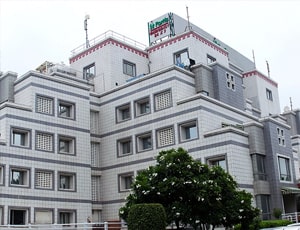
Types of Mentoplasty in Fortis Flt. Lt. Rajan Dhall Hospital and its associated cost
| Treatment Option | Approximate Cost Range (USD) | Approximate Cost Range (INR) |
|---|---|---|
| Mentoplasty (Overall) | 2042 - 2723 | 168921 - 224181 |
| Chin Implant Surgery | 2064 - 2559 | 168821 - 210334 |
| Sliding Genioplasty | 2190 - 2690 | 178335 - 221192 |
| Chin Reduction | 2140 - 2642 | 175137 - 217139 |
| Genioplasty (Osteotomy) | 2209 - 2712 | 181395 - 222554 |
DOCTORS IN 11 SPECIALITIES
FACILITIES & AMENITIES
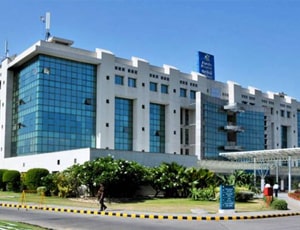
Types of Mentoplasty in Apollo Hospital International Limited and its associated cost
| Treatment Option | Approximate Cost Range (USD) | Approximate Cost Range (INR) |
|---|---|---|
| Mentoplasty (Overall) | 2048 - 2732 | 167961 - 223217 |
| Chin Implant Surgery | 2061 - 2563 | 168841 - 208753 |
| Sliding Genioplasty | 2185 - 2688 | 179258 - 220822 |
| Chin Reduction | 2122 - 2635 | 175342 - 215430 |
| Genioplasty (Osteotomy) | 2204 - 2727 | 181071 - 223542 |
DOCTORS IN 13 SPECIALITIES
FACILITIES & AMENITIES
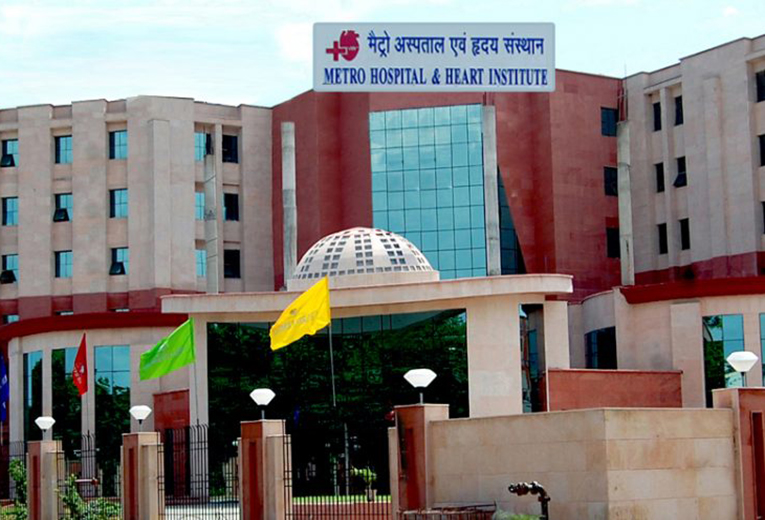
Types of Mentoplasty in Metro Hospital and its associated cost
| Treatment Option | Approximate Cost Range (USD) | Approximate Cost Range (INR) |
|---|---|---|
| Mentoplasty (Overall) | 1863 - 2476 | 153875 - 208837 |
| Chin Implant Surgery | 1922 - 2318 | 157314 - 191436 |
| Sliding Genioplasty | 2024 - 2475 | 162909 - 204208 |
| Chin Reduction | 1991 - 2445 | 160329 - 199090 |
| Genioplasty (Osteotomy) | 2047 - 2470 | 167768 - 203291 |
DOCTORS IN 12 SPECIALITIES
FACILITIES & AMENITIES

Types of Mentoplasty in W Pratiksha Hospital and its associated cost
| Treatment Option | Approximate Cost Range (USD) | Approximate Cost Range (INR) |
|---|---|---|
| Mentoplasty (Overall) | 1885 - 2480 | 155761 - 203511 |
| Chin Implant Surgery | 1881 - 2372 | 153000 - 195431 |
| Sliding Genioplasty | 1982 - 2447 | 164997 - 201417 |
| Chin Reduction | 1982 - 2406 | 162138 - 201045 |
| Genioplasty (Osteotomy) | 2061 - 2503 | 164610 - 204905 |
DOCTORS IN 12 SPECIALITIES
FACILITIES & AMENITIES

The cost for Mentoplasty ranges from USD 3780 - 4050 in Fortis Memorial Research Institute
Fortis Memorial Research Institute located in Gurugram, India is accredited by JCI, NABH. Also listed below are some of the most prominent infrastructural details:
DOCTORS IN 14 SPECIALITIES
FACILITIES & AMENITIES

Types of Mentoplasty in Manipal Hospital, Gurugram and its associated cost
| Treatment Option | Approximate Cost Range (USD) | Approximate Cost Range (INR) |
|---|---|---|
| Mentoplasty (Overall) | 2054 - 2718 | 168419 - 223225 |
| Chin Implant Surgery | 2046 - 2561 | 167735 - 210242 |
| Sliding Genioplasty | 2193 - 2679 | 179009 - 219657 |
| Chin Reduction | 2137 - 2646 | 174919 - 215996 |
| Genioplasty (Osteotomy) | 2210 - 2710 | 181469 - 223951 |
DOCTORS IN 13 SPECIALITIES
FACILITIES & AMENITIES

Types of Mentoplasty in Bayindir Healthcare Group and its associated cost
| Treatment Option | Approximate Cost Range (USD) | Approximate Cost Range (TRY) |
|---|---|---|
| Mentoplasty (Overall) | 3147 - 3804 | 92559 - 112065 |
| Chin Implant Surgery | 3106 - 3656 | 95194 - 110188 |
| Sliding Genioplasty | 3176 - 3688 | 97059 - 114350 |
| Chin Reduction | 3131 - 3681 | 93586 - 112417 |
| Genioplasty (Osteotomy) | 3301 - 3743 | 97627 - 113314 |
DOCTORS IN 11 SPECIALITIES
FACILITIES & AMENITIES
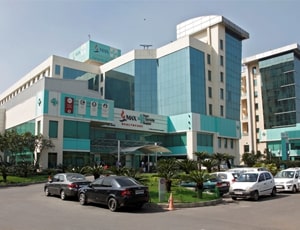
The cost for Mentoplasty ranges from USD 4140 - 4450 in Max Super Speciality Hospital, Saket
Max Super Speciality Hospital is a multi- super speciality intensive care centre, which has an excellent team of doctors, most advanced infrastructure of global standards in services and diagnosis, best practices for treatment, and the latest technology of machinery.
Infrastructure & Facilities:
DOCTORS IN 14 SPECIALITIES
FACILITIES & AMENITIES
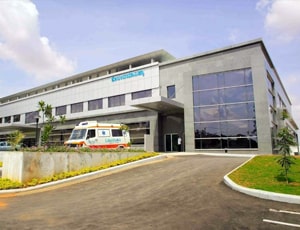
Types of Mentoplasty in Manipal Hospital, Hebbal and its associated cost
| Treatment Option | Approximate Cost Range (USD) | Approximate Cost Range (INR) |
|---|---|---|
| Mentoplasty (Overall) | 2054 - 2723 | 167845 - 223834 |
| Chin Implant Surgery | 2052 - 2560 | 168479 - 209445 |
| Sliding Genioplasty | 2179 - 2681 | 178962 - 221324 |
| Chin Reduction | 2122 - 2633 | 174567 - 215487 |
| Genioplasty (Osteotomy) | 2223 - 2708 | 181153 - 222332 |
DOCTORS IN 13 SPECIALITIES
FACILITIES & AMENITIES

Types of Mentoplasty in Phyathai 2 International Hospital and its associated cost
| Treatment Option | Approximate Cost Range (USD) | Approximate Cost Range (THB) |
|---|---|---|
| Mentoplasty (Overall) | 2318 - 3022 | 82009 - 107649 |
| Chin Implant Surgery | 2300 - 2882 | 83003 - 103052 |
| Sliding Genioplasty | 2376 - 2902 | 85005 - 105117 |
| Chin Reduction | 2369 - 2947 | 85523 - 105900 |
| Genioplasty (Osteotomy) | 2440 - 2930 | 86999 - 104657 |
DOCTORS IN 11 SPECIALITIES
FACILITIES & AMENITIES
Mentoplasty or chinplasty, and also known as genioplasty, is the surgical procedure by which chin line or chin can be corrected or improved to enhance the overall appeal of a face. The word mentoplasty has its origin from the Latin word “mentum,” which means “chin” and Greek word “plassein” refers to the word “formation.” With the help of a well-defined chin line as per the rest of the face, more masculine or feminine features are enhanced.
Mentoplasty or chin implant surgery can be a solution for quite a number or abnormal conditions. For a more youthful look, many consider facelift as well. Malformation of the chin resulting from developmental abnormalities in the jaw bone can be a reason. At times, any one side of the jaw has been growing, while the other side did not result in the asymmetry of the face. Congenital agenesis is a condition wherein some of the jaw bones are missing.
Chin implants give shape to a chin that has grown out of proportion compared to the rest of the facial features. The size and shape of the chin are different among men and women. As a result, many people choose to have a mentoplasty done along with their gender transition surgeries.
At times mentoplasty is included as part of craniofacial reconstruction following cancer treatment or any other kind of trauma. In an orthognathic surgery, the facial bones are realigned to enable the patient to talk and chew normally. Mentoplasty can also be combined with this.
Mentoplasty and chin implants are mainly used in adults since the jaw bone has already acquired its full size and form and there are no chances of any permanent tooth coming up in the gum. The procedure is mostly performed on people with small chin to increase its size.
There can be two ways of performing a chin augmentation procedure with or without implants. The first is by doing a sliding genioplasty and second is by insertion of an implant in the chin, under the skin. The latter is a shorter process that may take about half an hour to a complete, while the former is likely to take more time ranging from 40 to 90 minutes. However, the time can extend up to 3 hours in total if mentoplasty is combined and performed with an orthognathic surgery.
People suffering from mild to moderate microgenia are usually the best candidates for chin implants. Long time back when mentoplasty was not so common and the technology was not so advanced, cartilage from donors or from other parts of the patient's body was taken to form implants. But since 2003, an inert foreign material called alloplastic implants are being used. The reason behind this was is to reduce the risk of infection.
For the insertion of an implant, the surgeon has to take a call whether he would like to have an incision made inside the mouth (intraoral) or under the chin (submental). In both the cases, a significant amount of tissue is cut. Caution is practiced to avoid any damage to the major nerves in the chin.
Time taken for complete recovery is about two weeks at the most. Most people can resume normal life after 10 to 14 days. Take the following precautions to improve your rate of recovery.
Ask your healthcare adviser for the best multiple options and choose the one that meets your expectations
The cost of Mentoplasty procedure starts from USD 3200 in Hungary. Many multispeciality hospitals which are OECI, TEMOS certified are approved to operate a Mentoplasty in Hungary
The cost of Mentoplasty in Hungary may differ from one medical facility to the other. The Mentoplasty package cost usually includes all the expenses related to pre and post surgery expenses of the patient. The comprehensive Mentoplasty package cost includes the cost of investigations, surgery, medicines and consumables. Stay outside the package duration, post-operative complications and diagnosis of a new condition may further increase the Mentoplasty cost in Hungary.
There are several best hospitals for Mentoplasty in Hungary. The following are some of the most renowned hospitals for Mentoplasty in Hungary:
While the speed of recovery may vary from patient to patient, they are still required to stay for about 15 days after discharge. This time frame is important to ensure that the surgery was successful and the patient is fit to fly back.
Apart from the Mentoplasty cost, there are a few other daily charges that the patient may have to pay. These are the charges for daily meals and accommodation outside the hospital. The extra charges may start from USD 50 per person.
Some of the cpopular cities in Hungary that offer Mentoplasty include the following:
The patient is supposed to stay at the hospital for about 4 days after Mentoplasty for monitoring and care. The patient is subjected to several biochemistry and radiological scans to see that everything is okay and the recovery is on track. After making sure that patient is clinically stable, discharge is planned.
There are more than 1 hospitals that offer Mentoplasty in Hungary. The above listed hospitals are approved to perform the surgery and have proper infrastructure to handle Mentoplasty patients. Additionally, these hospitals are known to comply with the international standards as well as local legal requirements for the treatment of patients.
Some of the top medical specialists for Mentoplasty in Hungary are: